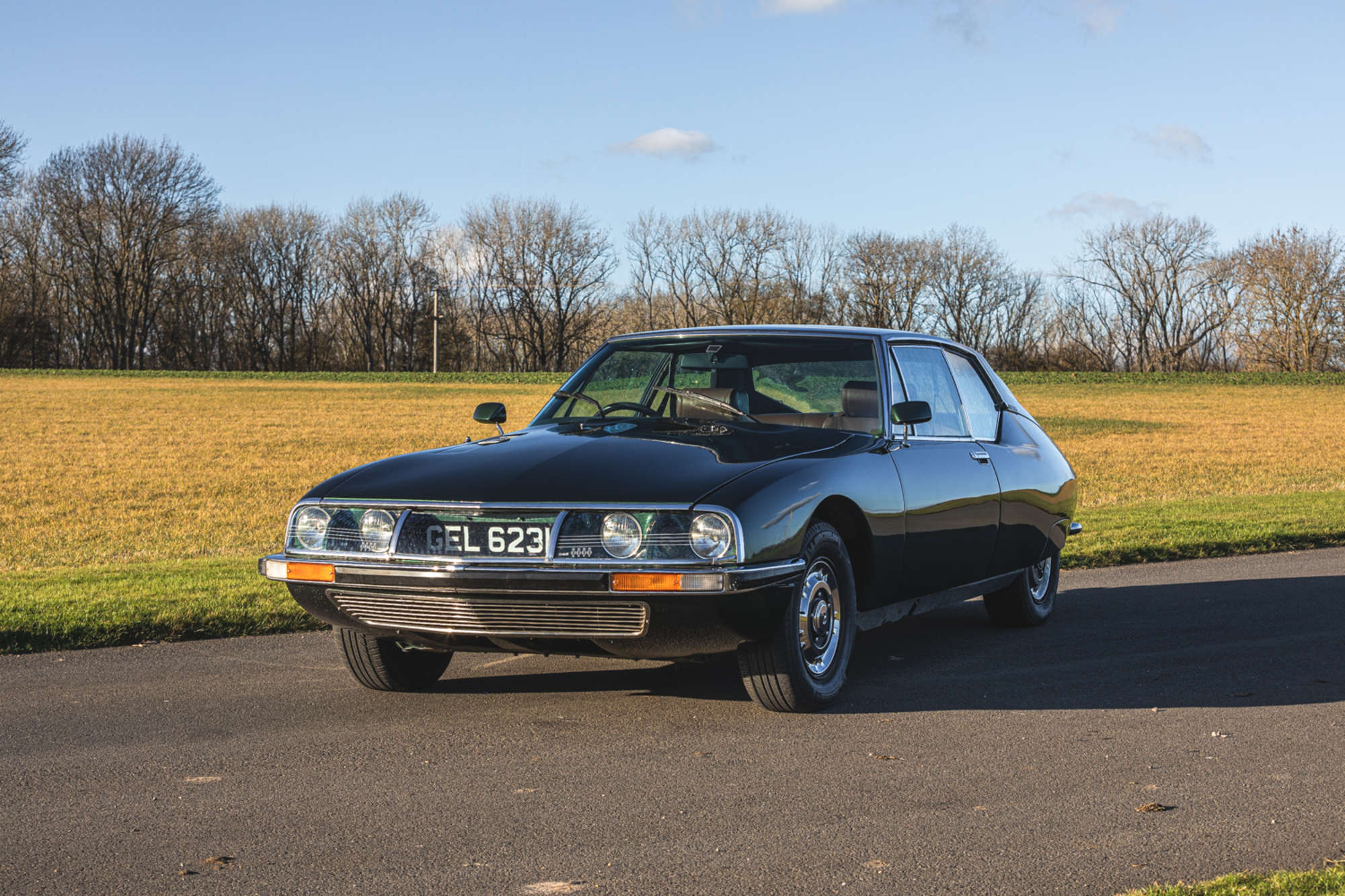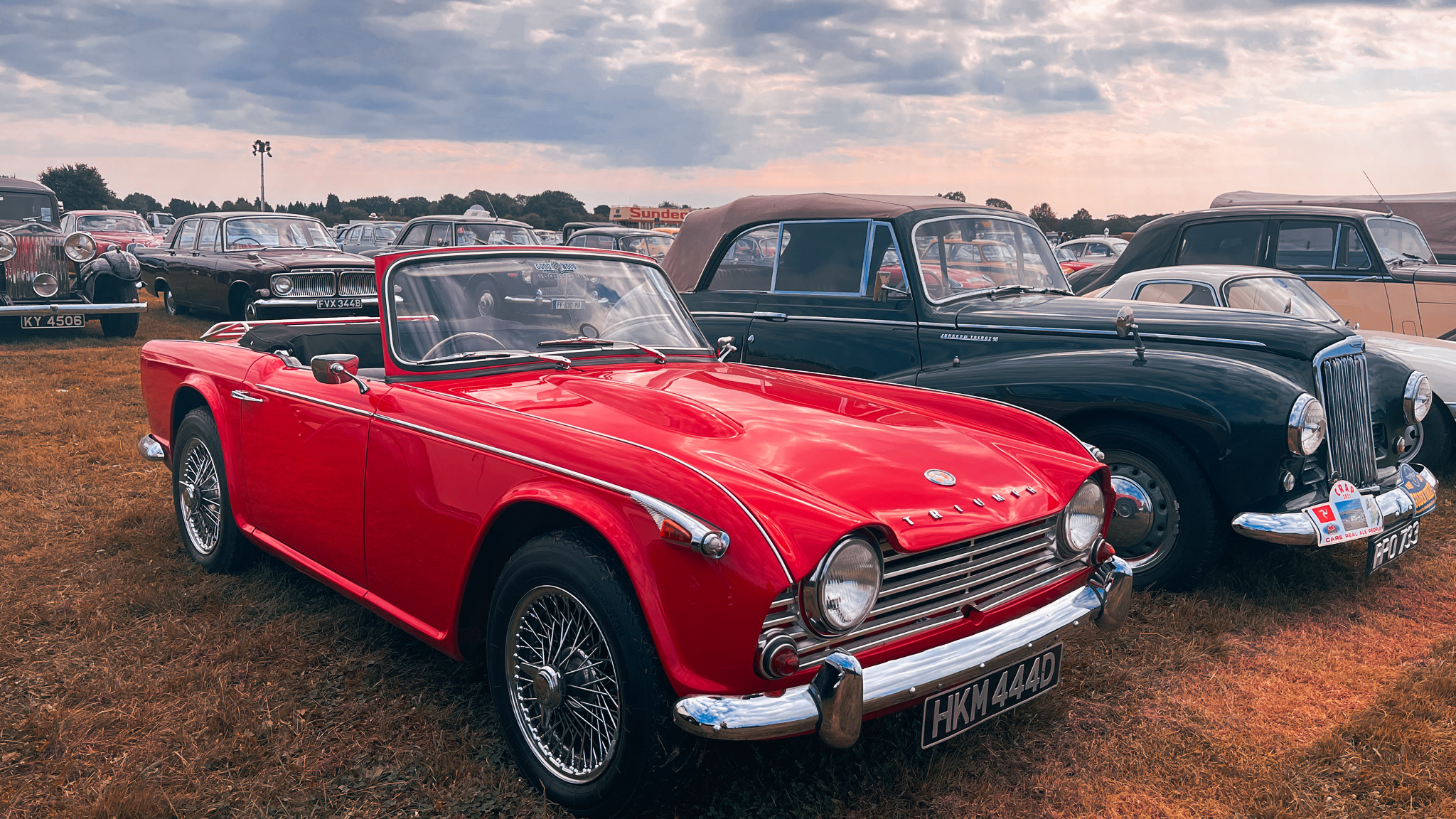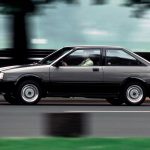Author: Antony Ingram
Photography:
As you’ve probably noticed from all the fake cobwebs and assorted plastic tat appearing in the shops, Halloween is soon upon us.
Consumerism and overexposure to the regular and usually disturbing news cycle of the 2020s has made this old Christian holiday seem perhaps a little less scary than it used to be, but whether you’re preparing the kids’ outfits for trick-or-treating or planning to bolt the door and keep the lights off, you probably need something to occupy your time: so what better than our pick of the ten scariest classic cars?
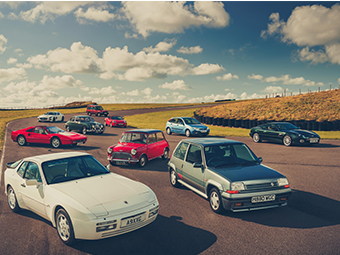
From those which cause terror from their sheer speed or sketchy handling, to those with a dubious reputation thanks to their owners or their reliability, we’ve picked ten models that could give the average slasher movie or horror game a run for their money in the sweaty palms stakes.
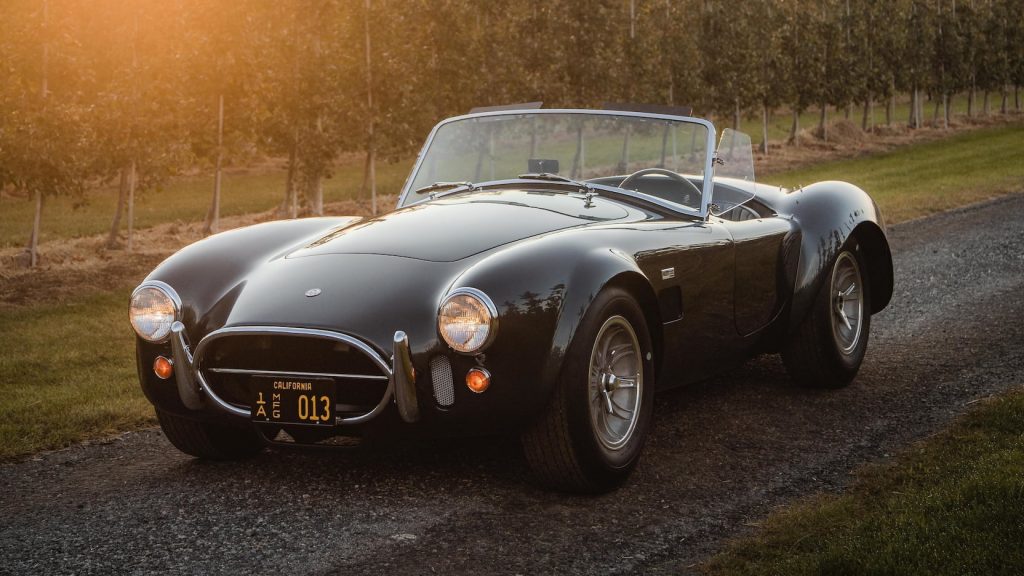
AC Cobra 427
With a 100-horsepower 2-litre inline six, the original AC Ace was brisk but certainly not a car whose powerplant overencumbered its chassis. Even testing a 125bhp Bristol-engined car in 1958, The Autocar said the Ace’s handling “never gives the capable driver those twinges of doubt about its reactions and behaviour in an emergency”.
The thing is, the Ace didn’t stop at 125bhp. In 1961, Shelby shipped a 3.6-litre small-block Ford V8 to AC, and then a 4.3-litre V8. AC then exported these V8-powered, 260bhp Aces to the US where they were sold by Shelby as the Cobra. Shelby began to take on more of the development of the car, and when the MkIII came along in 1965, it got a new 427 cubic-inch Ford V8 – that’s seven litres.
Now the Cobra made 425bhp, or 300bhp more than that mild-mannered Ace that Autocar had tested seven years earlier, and these cars now needed especially careful or skilled hands (or both) to operate, since they were still running on a tiny 2286mm (90 inch) wheelbase – barely longer than that of an original Mazda MX-5, but with 1960s tyre and suspension technology…

Tatra T87
You often wonder whether tales of a car’s poor handling have been exaggerated over time. And then you drive a Tatra T87 and discover it keels over like a drunken sailor in a 20mph, first-gear corner. Not the writer of this list, but Hagerty as an entity and our colleague Sam Smith as a driver, during his ironically-titled Death Eaters series (others in the series included the Reliant Regal and Renault 5 Turbo, neither of which actually behaved too badly).
Several factors affected the roll-over on the day but it was certainly a stark demonstration of the potential behaviour of a car rumoured to have bumped off several Nazi officers during Czechoslovakia’s wartime occupation. The spate of incidents was apparently so bad that the party banned its soldiers from driving any Tatra.
So why was the T87 a bit of a handful, to put it mildly? A combination of factors: a swing axle design at the rear (see also: Corvair, Beetle, Herald), a big ol’ V8 engine hanging out behind the rear axle (even a Beetle didn’t get one of those), a relatively narrow track, and quite a tall profile. In isolation, most of those aren’t really a problem. But begin to combine them and… well, just have a look at the photo above.

Rover 100
To an extent the Rover 100 was a victim of its time. There are, very obviously, cars that are less safe than Rover’s 1990s supermini – any of its predecessors for a start, including the classic Mini that was sold alongside it yet avoided the ignominy of a one-star Euro NCAP crash-test rating.
But while it’s also true that any of its contemporaries would be considered woefully unsafe today, given the rate at which car safety has progressed and Euro NCAP’s goalposts have shifted with it, the reality is that the Metro’s one star out of the then-maximum four did not compare favourably with the three stars achieved by the likes of the Ford Fiesta and VW Polo. The Metro’s early 1980s origins really let it down.
If we’re calling out unsafe cars though, special mention must go to some other clangers from the automotive history books, such as the Ford Pinto’s badly-placed fuel tank (for explosive results in rear-end impacts), the Ford Explorer and Firestone Tires debacle of the 1990s, and the numerous cars with a reputation for falling over either in testing (step forward Mercedes A-Class and Smart Fortwo) or in accidents (basically any SUV prior to the invention of electronic stability control).
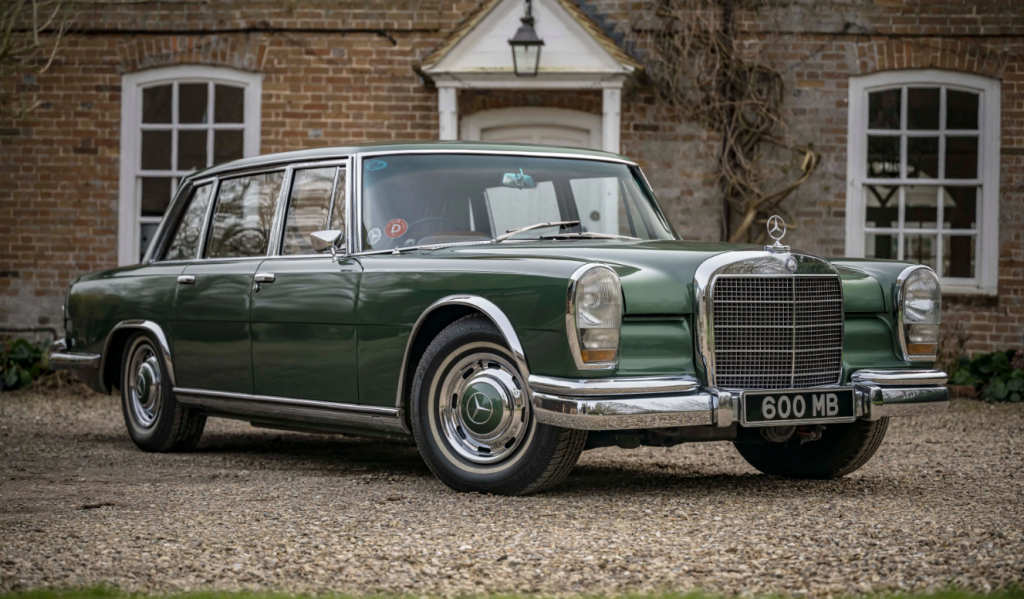
Mercedes 600 Grosser
Other cars here instill fear for the way they get around corners (or don’t), the speeds they’re capable of, some financial factor beyond your control, or simply by reputation. The Mercedes-Benz 600 “Grosser” is disquieting for who might have stepped out of the back since it appeared in 1963.
Some of those might not have been so bad, depending on your taste in say, media or fashion. The likes of John Lennon, David Bowie, Jack Nicholson or Coco Chanel aren’t especially scary (some of Nicholson’s famous roles notwithstanding). A Grosser was a hell of a way to make an entrance.
But Idi Amin, Kim Jong Il, Nicolae Ceaușescu, Pablo Escobar, or Saddam Hussein? With any of those, and plenty more dictators and diplomats aside, the arrival of a 600 (likely surrounded by a fleet of other menacing saloons) could only be bad news. The Grosser’s list of owners over the years is nothing if not diverse, but definitely tends towards the unsettling.
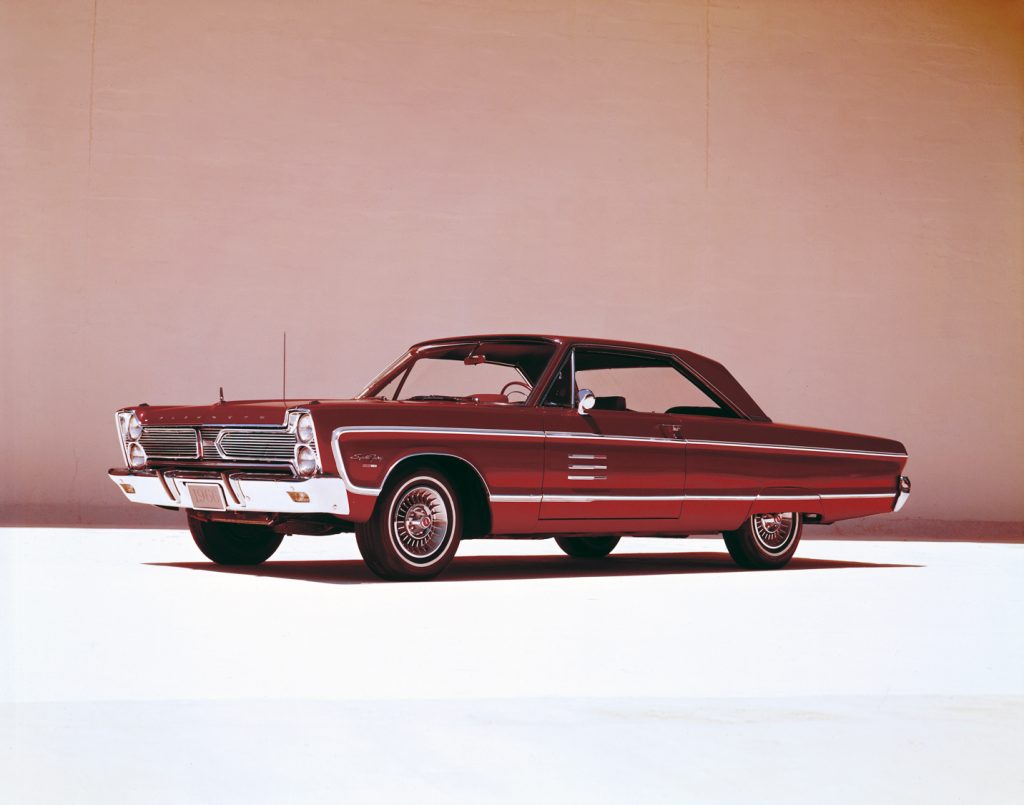
Plymouth Fury
The Plymouth Fury would probably have travelled through history as just another large American saloon had it not been for the 1983 movie, Christine. There, “Fury” was quite an appropriate model choice for the eponymously-named car.
If you’ve never seen the film we’d suggest you skip ahead to avoid spoilers (of the storytelling kind – the Fury was more of a “fins” kind of car), but essentially the big Plymouth seems to have a mind of its own from the day it was built, slamming its bonnet on a worker’s hand and mysteriously killing a line worker who dropped cigar ash on its seats.
The Fury is later bought by Arnie Cunningham, played by Keith Gordon, who restores it and begins to take on some of the car’s personality traits. Christine begins killing people who have inflicted pain on it and Arnie, including Arnie’s bullies, the owner of the restoration garage, and eventually kills Arnie himself in an accident at the end of the movie. Thankfully, despite the Fury name, the real cars are somewhat more placid…

Bugatti Veyron
If you’re not a fan of the scenery rushing by your side windows at the rate of four miles a minute then the Bugatti Veyron’s sheer performance might make you nervous, though among the more impressive aspects of the French brand’s 2005 moonshot is just how usable it is, however much of the throttle pedal’s travel you’re using.
But the Veyron’s real terror is reserved for the Volkswagen Group’s accountants. The Veyron’s development cost the group around $1.6 billion in investment. Bugatti sold 450 Veyrons between 2005 and 2015, priced between $1 million and $2 million depending on the model. Sources vary, but Bugatti is estimated to have lost between $2 million and $4 million per unit, easily eclipsing most other loss-making cars in automotive history.
The saving grace is that the Bugatti’s development costs were further amortised by the Chiron that followed, and those started at more than $2.5 million a pop. Most sold for a great deal more than that, but even at the original base price, that’s at least $1.25 billion back in the coffers across the 500-car production run.
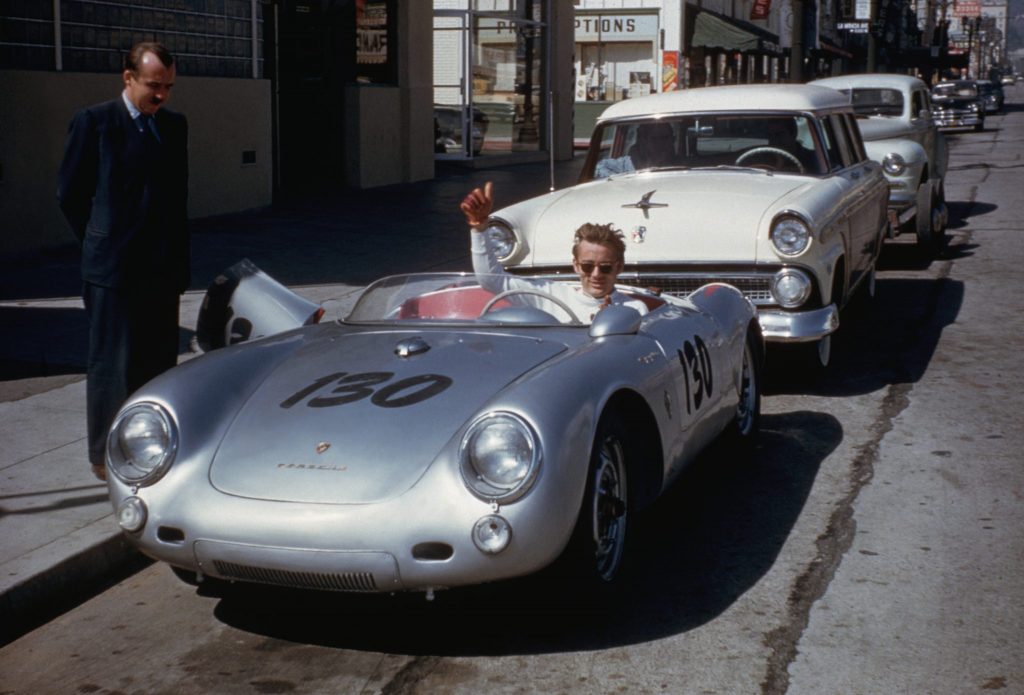
James Dean’s Porsche 550 Spyder
The Porsche 550 Spyder in which James Dean lost his life was no more scary in isolation than the Porsche Carrera GT in which Paul Walker was killed in 2013; both drivers were simply unlucky, though excess speed was determined to be a contributing factor in both accidents.
The story of Dean’s car though, nicknamed “Little Bastard” by the movie star, didn’t stop after his crash in September 1955. The guts of the car were subsequently bought by an amateur racer, William Eschrich, who installed the engine in his Lotus IX, and loaned further parts to another racer, Troy McHenry. Both drivers crashed at Pomona in 1956, and while Escrich survived, McHenry was killed.
Customiser George Barris bought Little Bastard’s shell, and the car went on tour with the National Safety Council, under whose tenure it was involved in a warehouse fire in 1959. Barris sold two of the 550’s tyres, which apparently blew and pitched their new owner off the road, and the car is reported to have fallen in both display and in transport, injuring one person and killing another. The car is currently missing – only adding to the idea that Dean’s 550 Spyder was cursed from the start.

Ford Nucleon
Chernobyl, Three Mile Island, and Fukushima ring any bells? In reality, the number of people injured our killed by nuclear meltdowns is orders of magnitude less than those who have lost their lives to say, coal power, but throw in the devastation of the two atomic bombs dropped on Japan at the end of the Second World War, and nuclear energy just makes people a bit twitchy.
Which might be why Ford’s 1957 concept, the Nucleon, never really left the drawing board. There were benefits all right – how does going 5000 miles between reactor changes sound, or effectively zero-emissions power decades before electric cars went mainstream? Like a modern nuclear power plant, the Nucleon used heat from the fission reactor to generate steam for its power (albeit directly, rather than using that steam to generate electricity).
Take a few steps back though, and maybe it wasn’t such a great idea. Firstly, just look at how much of the car’s footprint is taken up by the reactor – it’d have to be even bigger to realistically seat a “nuclear family”. Then there’s the potential cost of those reactor replacements every 5000 miles, the constant stops for water, and yes, the potential for your driveway becoming an exclusion zone if anything ever went wrong.
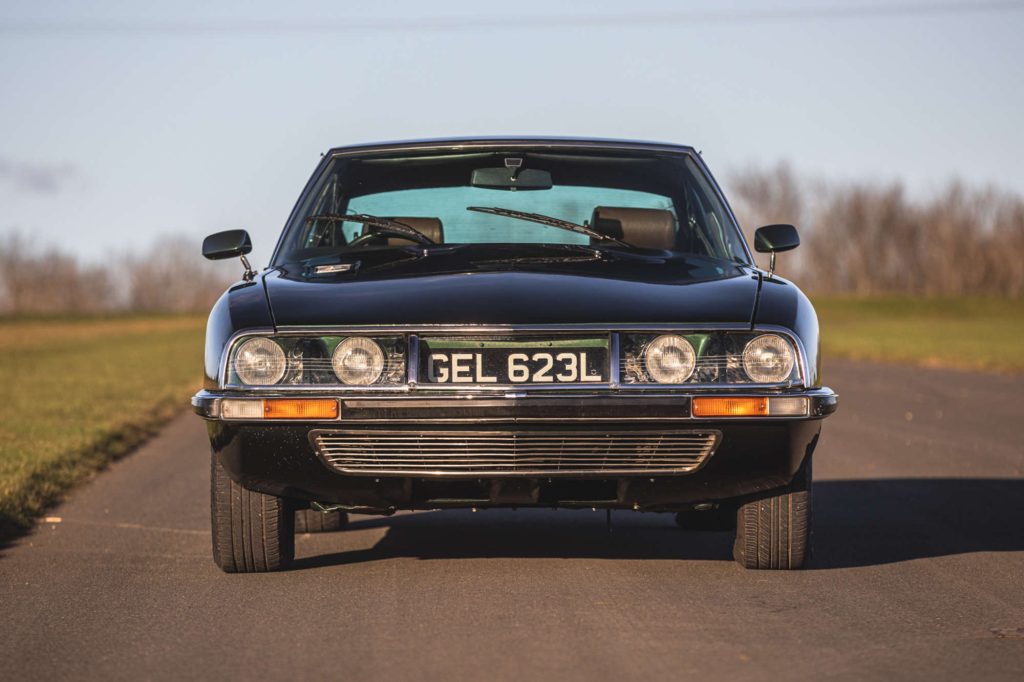
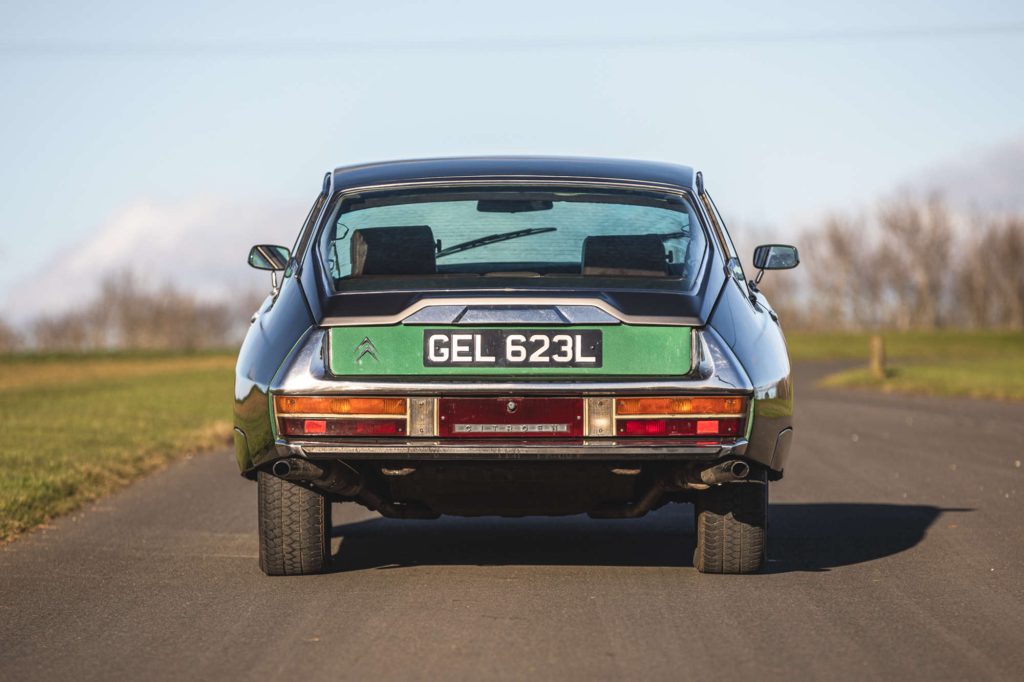
Citroen SM
A well-maintained and set-up Citroen SM can be truly a thing of joy – one of the great grand touring cars, with brisk performance, a spectacular ride, unique handling, a great exhaust note from its Maserati V6 engine, and styling that still looks otherworldly.
As a restoration project though, the SM is surely among the more daunting cars to take on this side of genuine exotics from the likes of Ferrari and Lamborghini with seven-figure price tags. Firstly there’s the bodywork. Rust shouldn’t come as a surprise on a 1970s Citroen, but as the SM probably isn’t a car you’d take half measures to repair, the resulting bare-metal restoration and respray won’t come cheap.
Then there are the mechanicals. A Maserati engine or hydropneumatic system on its own might be manageable, but the SM packs both. Throw in all the parts-finding required if the car isn’t complete (from bespoke interior trim to special Michelin XWX tyres) and it’s easy to sail well above the car’s current values, slowly creeping up though they might be. Again though, what a car you’ll have when you’re done.
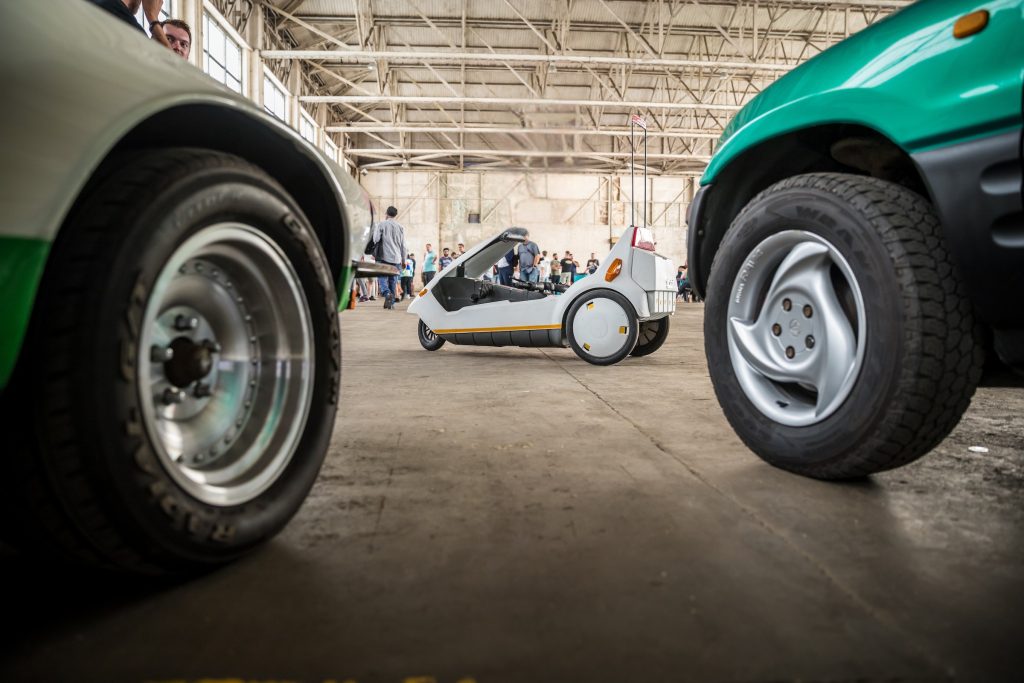
Sinclair C5
The Sinclair C5 is a bit goofy, and probably doesn’t have that many advantages over today’s electric bicycles as a means of getting from place to place. But to give Clive Sinclair his due, it was a nice idea, being easy to park and store, and its mixture of leg and electric power being a lot cleaner than the average car from 1985. The design has also proven quite resilient and easy to fix, given the plastic body and very simple mechanicals, so the C5 is never likely to become landfill in any great quantity.
Unfortunately though, C5 ownership doesn’t take place in a closed system, where the only other things moving around are pedestrians and cyclists. Painted white and adorned with reflective yellow stripes it might have been, but driving a C5 in traffic, hobbled by a 15mph top speed, could be terrifying.
And that was when most people were driving Mk3 Escorts – a C5 would today be completely out of view of the average crossover driver. It was never likely to achieve the critical sales mass to make it the dominant form of transportation in this or any other country, and that meant sharing the roads with much bigger and more intimidating vehicles.
Have we missed any scary cars that you think deserve to be on this list? Let us know below.
Keep your classic on the road
At Hagerty, our mission is simple: to help you protect the car you love. Discover trusted classic car insurance from the people who get it.
